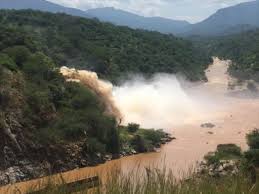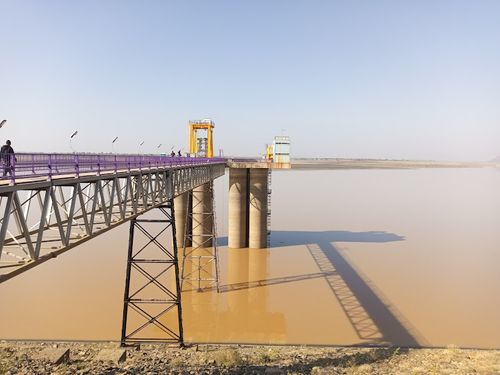The current heavy rains which are increasingly causing water overloads in the regions with weak drainage systems are the main item of conversations at the moment as the dam system is mentioned a lot. The main topic here is the dam breaking its banks. Nevertheless, in our current study; we are concerned with the Seven Forks Dam alone and its development.
The decent of Seven Forks Dam which is situated in the lower part of Tana River of Kenya that is in the Eastern part of the country have made them famous for producing electric power. This is the mandate of Kenya Electricity Generating Company (KenGen) which also controls them.
There is widespread belief that the name “Seven Forks” for the dams along the Tana is derived from the number of power stations that were planned to be built along that river. But that makes one wonder: let us have a better name for it; it could be the Seven Dams.Why “forks”?

The Five Dams and Their Capacities
There are five dams along the river, namely: There are mainly five rivers that flow through Nairobi and they are Masinga, Kaburu, Gitaru, Kindaruma and Kiambere. The section between Gitaru and Kindaruma has an interesting natural feature: the river divides into seven channels (equally known as crections or forkings) which later join back again into one before heading into Kindaruma dam. It’s a mystery of why this is not in the realm of tourism just like the 14 Falls of Athi River.
Nonetheless, this is an explanation for why the entire mooring ropes system was given its name. However, how many dams were imagined; in the early seventies, during the feasibility study, a total of 11 (eleven!) sites along the Tana River as where hydroelectric dams could be built had been identified.
Nevertheless, the dams are amazingly known of bringing down the flow of water downstream eyes to flood tracks during the rainy season.
Dams are located at at the following places where the sources of the Tana River are exploited to utilize the full potential; Masinga, Kamburu, Gitaru and Kindaruma, and Kiambere. The show also has a total of five different Power Stations.
How they mitigate flooding
The dams are established in the middle of the Tana River with proper spaces in the form of one after the other so that seeing one of the dams filled then the overflow water gravitates to the next dam until the five dams are filled.
Catchment areas of 7 water forks include Rivers Sagana, Mathioya, Maragua, Thika and Chania, which converge at Murang’a and then becomes River Tana.
The first Nairobi city dam is Masinga, next is Kamburu, the third Gitaru, followed by Kiambere and finally, Kindaruma, the last one.
Masinga holds water with a total 1.56 billion cubic metres (BCM), and is followed by Kamburu (150 million cubic metres), Gitaru (20 million cubic metres), Kindaruma (12 million cubic metres) and Kiambere (585 million cubic metres).
The Masinga’s reservoir stretches over 120 km of surface area.
Hydro power both provides electricity to more than seven million Kenyans who live in the country and also contributes considerably to the country’s economic growth.
From the five dams, the Kindaruma stands out to be the oldest only that was commissioned in 1968 and can supply a record 72MW of hydroelectricity.
Kamburu (it was connected to the national grid in 1974) currently produces up to 94MW, while Masinga (which was built in the year 1981) produces up to 40MW of electric energy, whereas Kiambere dam (upon the year 1988) is able to generate 168MW.
Generating the power of 225MW boolder plant Gitaru was put into operation in 1978.
Read also Building the Future: Kenya’s Top Construction Projects Unveiled for 2024
Read also Pemba Dam in Kinango, Kenya, operational after 5 years of reconstruction

